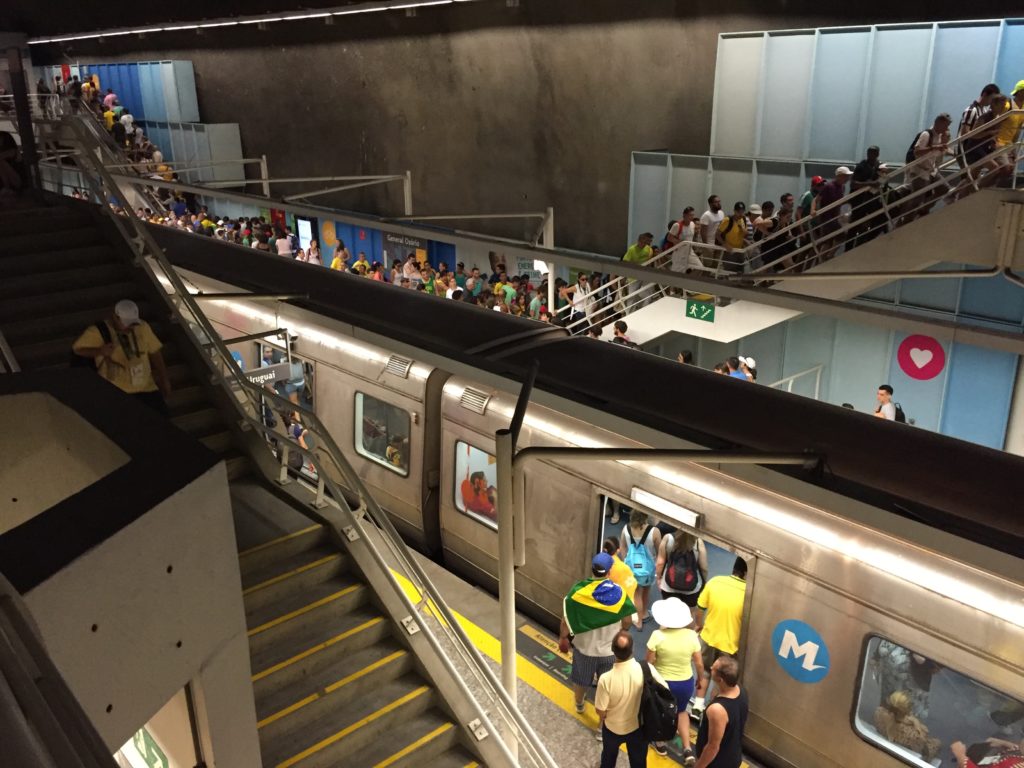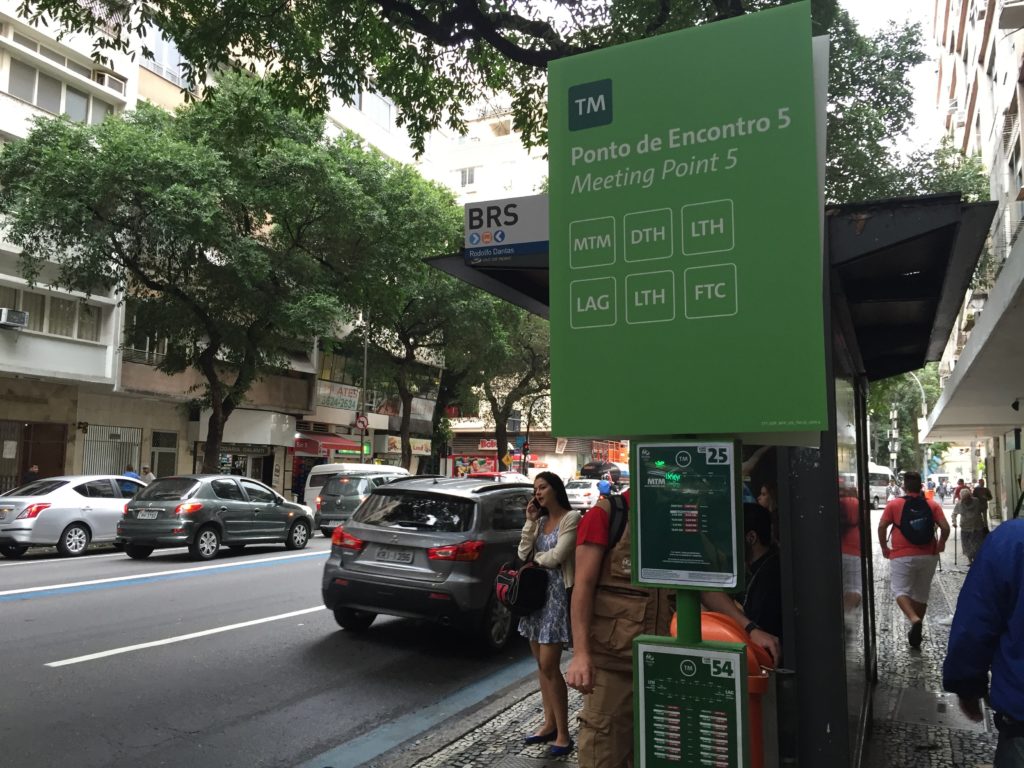Transportation Has Ups and Downs
Posted On: August 12, 2016 By :Rio de Janeiro is a big city, let’s just get that out of the way. And while we’re speaking about things out of the way, the Olympic Park is not exactly close to all those landmarks you see in photos of Rio de Janeiro like Christ the Redeemer, Copacabana Beach and Sugarloaf Mountain. As a result, transportation has been a continuing focus since Rio won the bid to host the Olympic Summer Games in 2009.
A key legacy was to be Line 4, an extension of the city’s Metro subway system that heads west toward the Barra da Tijuca section of the city where the Olympic Park is located. The line was completed within a week of the Games, and has been open only to ticket holders, media and other credentialed volunteers or workers so far. While it goes most of the way to the Olympic Park from Copacabana, downtown and other more populated parts of the city, it still doesn’t get you all the way there. Once it ends after five stops, you still need to get on a bus to access the park. That said, Rio should be given credit for the efficiency of its public transportation so far. The system has been handling increasing numbers of passengers, and by and large doing it smoothly. Trains are quick to come, as are buses. And it’s fairly impressive to see how fast they can move people through. At the end of the Opening Ceremony, I took the subway back to my hotel along with the masses and after viewing the sheer volume of people streaming over a bridge to the station, I was amazed how quickly we all got on a waiting subway and on our way. But there have still been hiccups. The subway closes at 1 a.m. during the Games and with some of the swimming events in Olympic Park ending after midnight, by the time people headed to other parts of the city reach that new Line 4, if it’s after 1 a.m. they’ve been directed to buses, and sometimes not with entirely clear directions where to go.

But the reason I was taking the subway in the first place was the hit or miss notion of the media transportation system, at least in the first few days of the Games. Our bus to the Opening Ceremony made three increasingly long laps around Maracanã before our driver found the drop-off point (and it was never clear if it was the drop off point as everyone just sort of got out when the bus finally stopped close enough to the venue). On the way out, it was never clear where to go and once you found the right place, there were not enough buses to go from there. In other spots within the Olympic transportation system for media, Olympic family members and other credentialed people, it’s also been hit or miss, with signs not always clear and volunteers not always knowing where to direct you. It took me several days to even find my drop off and pick up point in Copacabana, which was at a public bus stop. While that stop did have signage, it was never really communicated where the bus stop actually was—and there are a ton of bus stops around Rio. And other times, buses have been promised “in five to 10 minutes” when in reality it has taken much longer. Rio 2016 has been adjusting, though, and has changed a few routes for credentialed visitors to make things go smoother. Those are all problems the average spectator doesn’t have to worry about, but for both public and insider transportation flow, it goes without saying that more communication—and effective communication—can go a long way to alleviating transportation woes.
